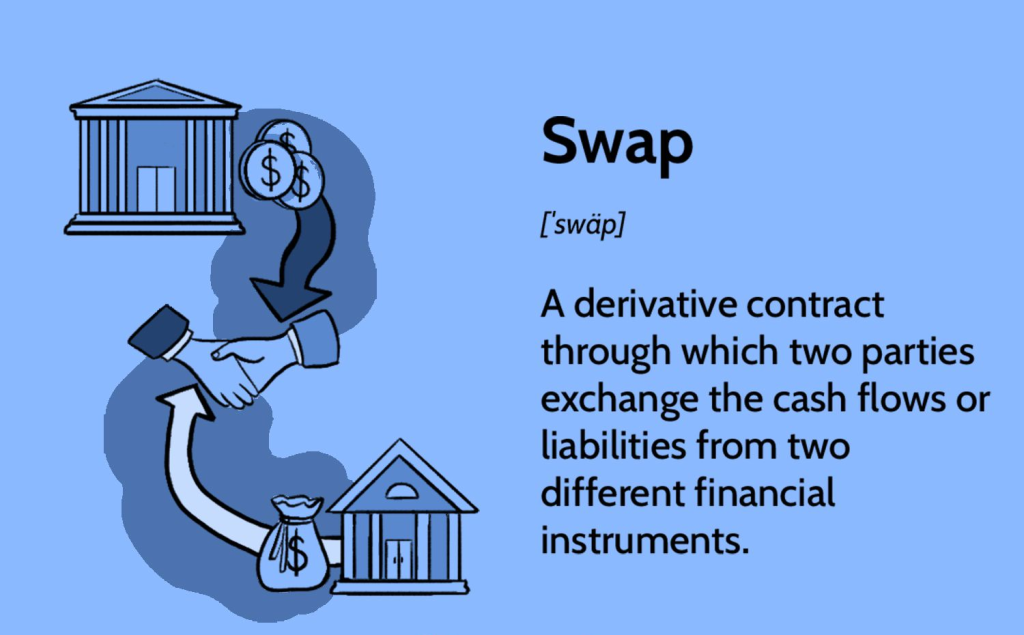What Is a Currency Swap?


What Is a Currency Swap? Unlocking the Secrets of Global Financial Transactions
In the ever-evolving world of finance, there are various tools and techniques employed by traders to navigate the intricate web of international transactions. One such mechanism that often elicits curiosity among beginners is the enigmatic “currency swap.” In this article, we will shed light on this financial instrument, demystify its workings, and explore its significance in global trade.

Understanding the Basics
Currency swaps are agreements between two parties to exchange a predetermined amount of one currency for another at an agreed-upon exchange rate. These contracts usually have a specific maturity date, during which the exchange takes place. It’s important to note that currency swaps differ from spot transactions, where currencies are exchanged immediately at the prevailing exchange rate.


Solving the Dilemma: The Purpose of Currency Swaps
- Managing Exchange Rate Risk:
- Gaining Access to Foreign Markets:
The Mechanics: How Currency Swaps Operate:
To better grasp the mechanics of currency swaps, let’s walk through a simplified example. Suppose Company A in the United States and Company B in Europe decide to enter into a currency swap. Company A, needing euros, agrees to pay Company B a predetermined amount in U.S. dollars at an agreed-upon exchange rate. In return, Company B pays Company A the equivalent amount in euros, based on the same exchange rate.
The Benefits and Risks
Currency swaps offer several advantages, such as providing access to lower borrowing costs in foreign markets, allowing companies to hedge against exchange rate fluctuations, and fostering international cooperation. However, like any financial instrument, currency swaps carry inherent risks. Fluctuations in exchange rates and the creditworthiness of the parties involved are factors that can impact the success of a currency swap.
Conclusion
So, dear readers, now that you’ve embarked on this journey of unraveling the mystery behind currency swaps, you possess a newfound understanding of this complex financial instrument. Currency swaps play a vital role in managing exchange rate risk, facilitating international trade, and opening doors to foreign markets. As you navigate the world of finance, armed with this knowledge, may you make informed decisions and embrace the opportunities that lie ahead.
